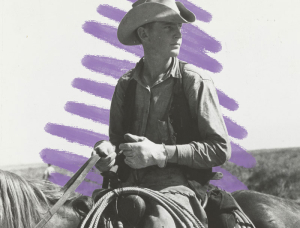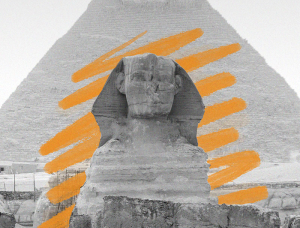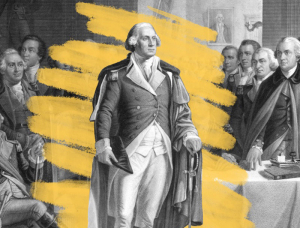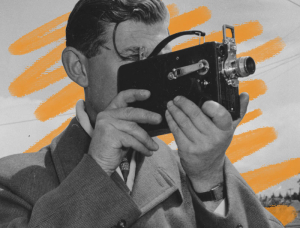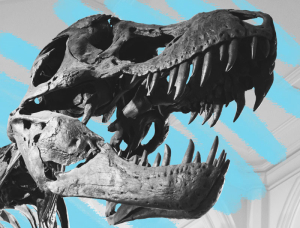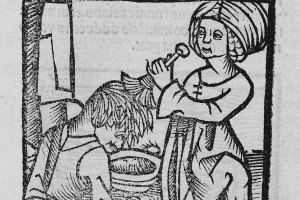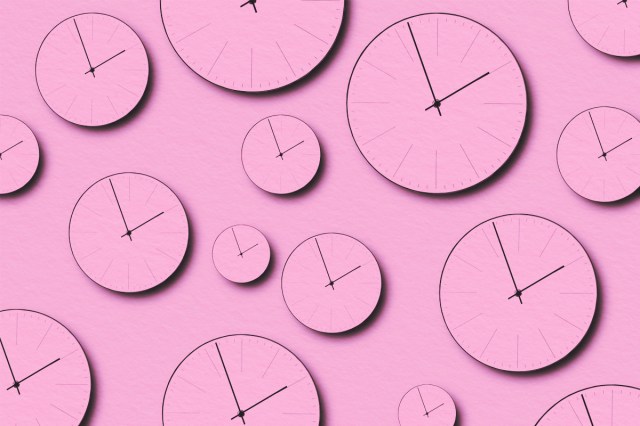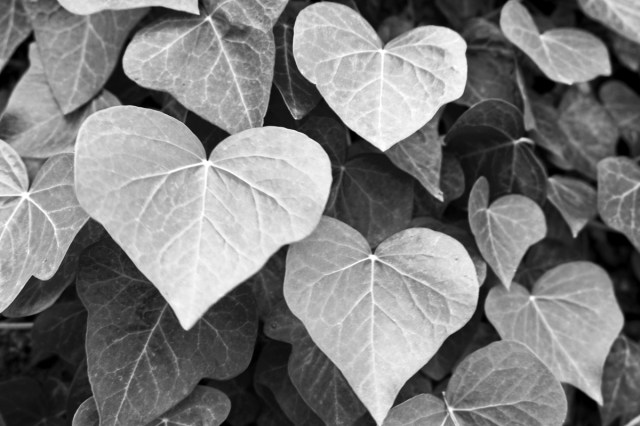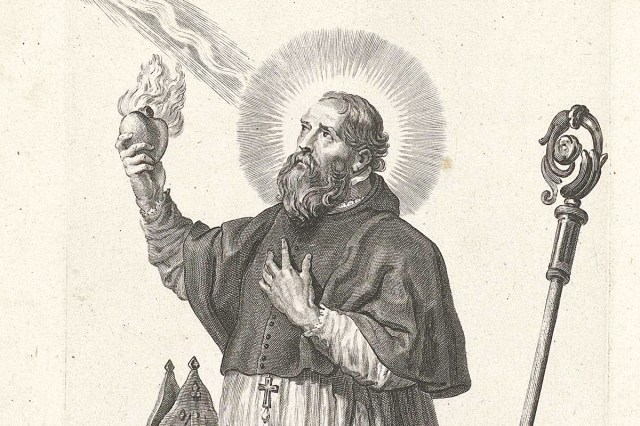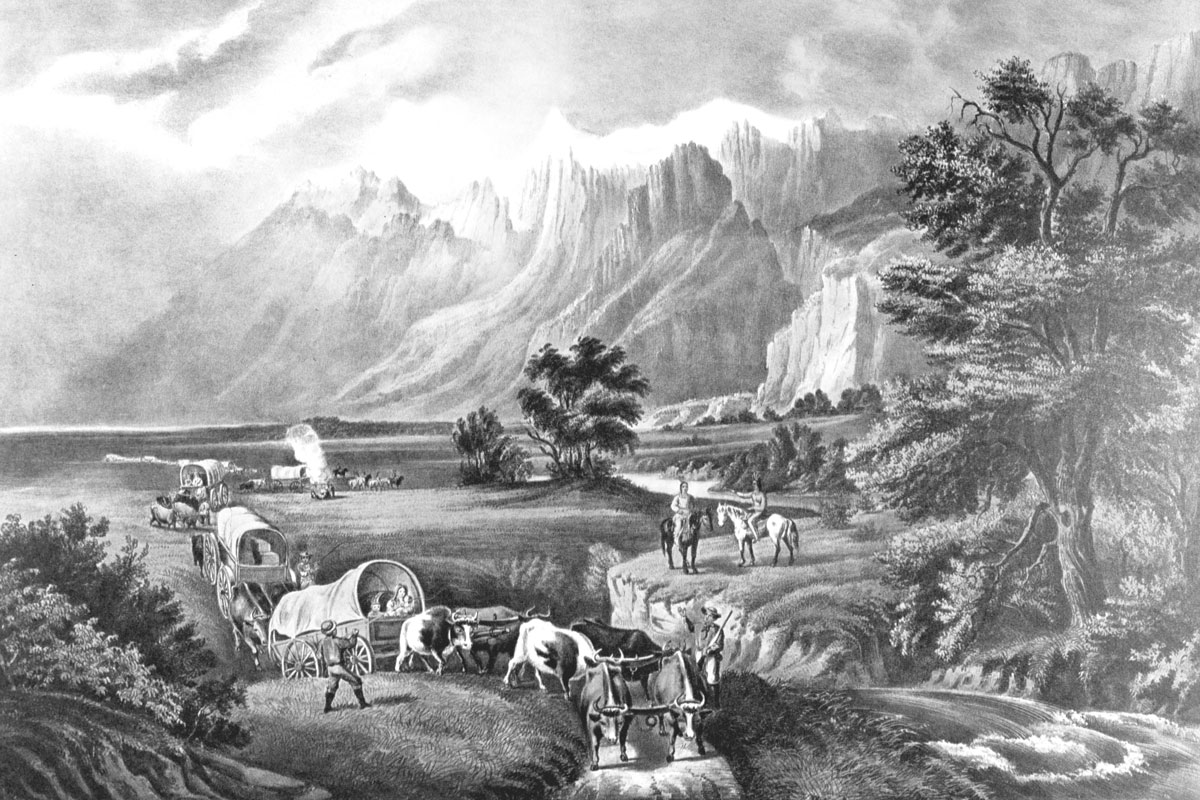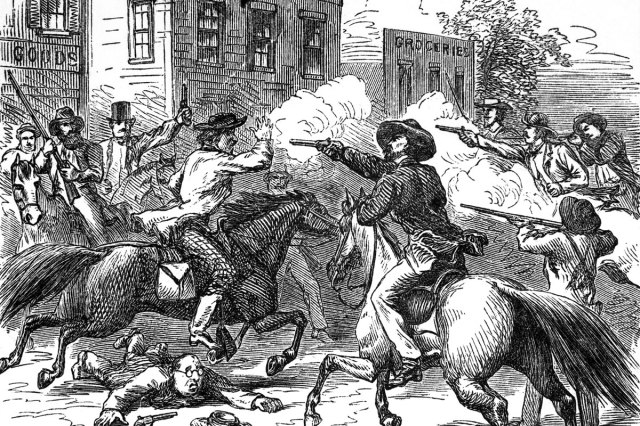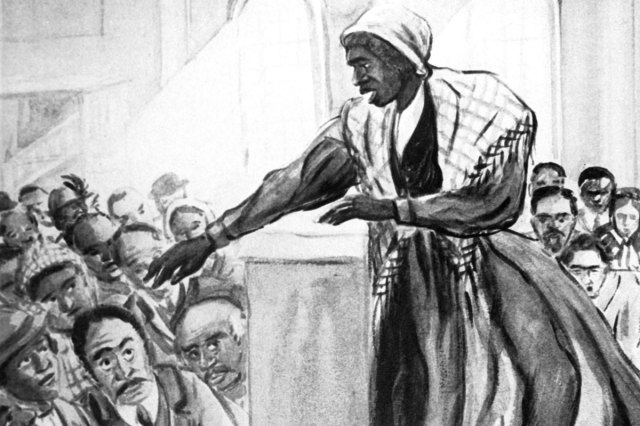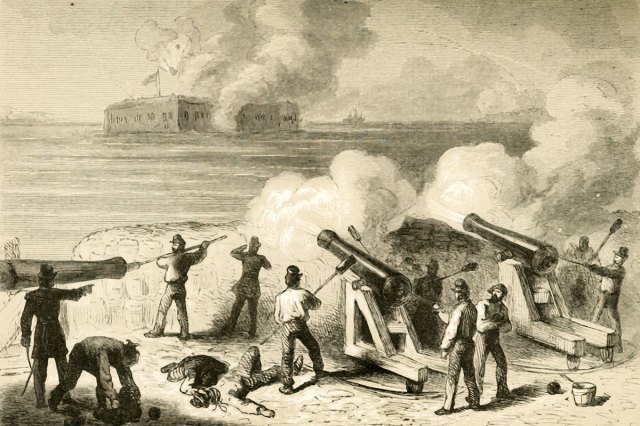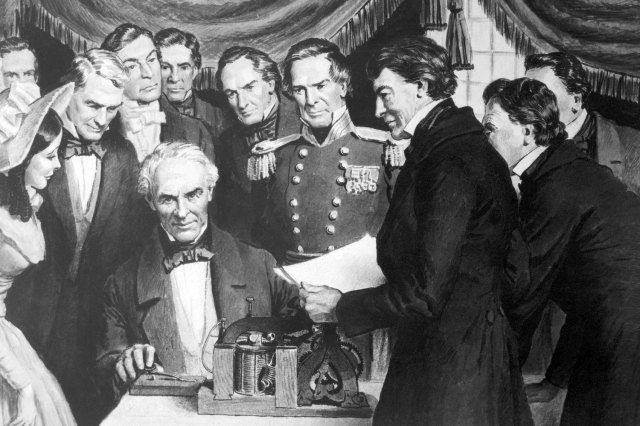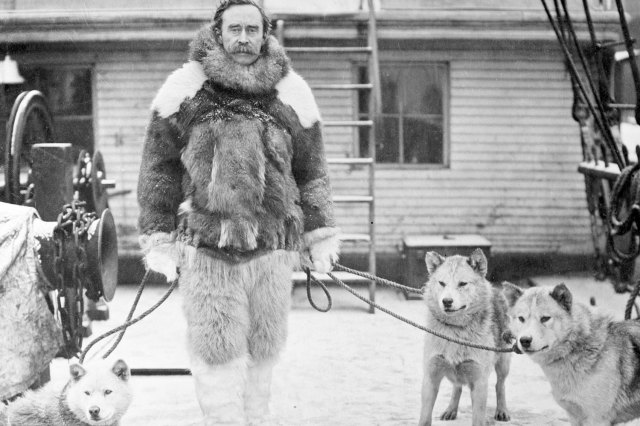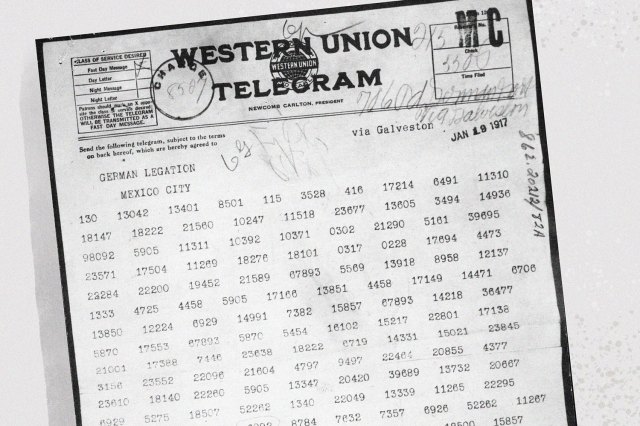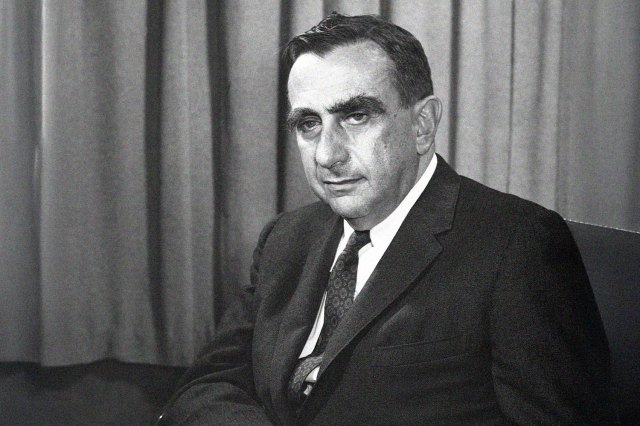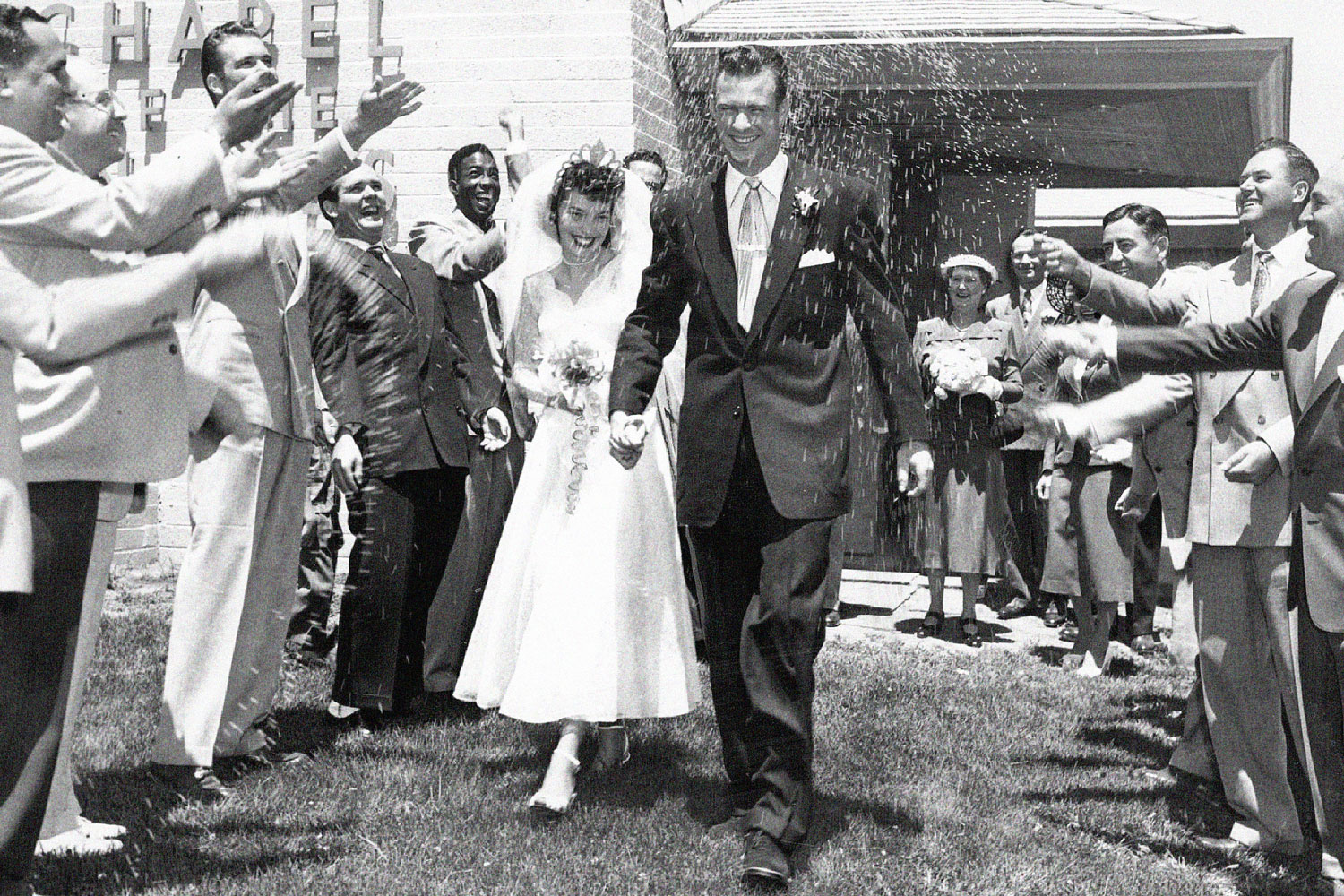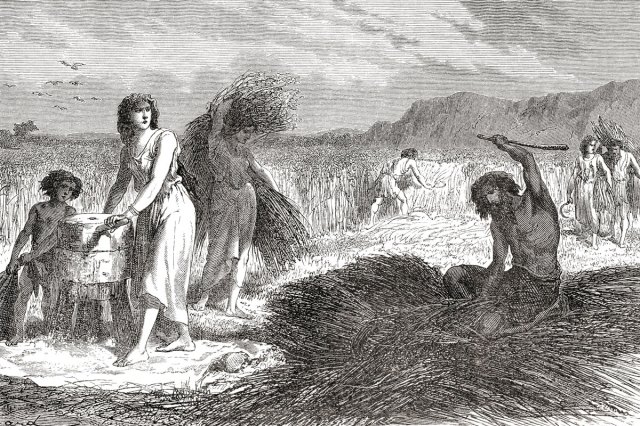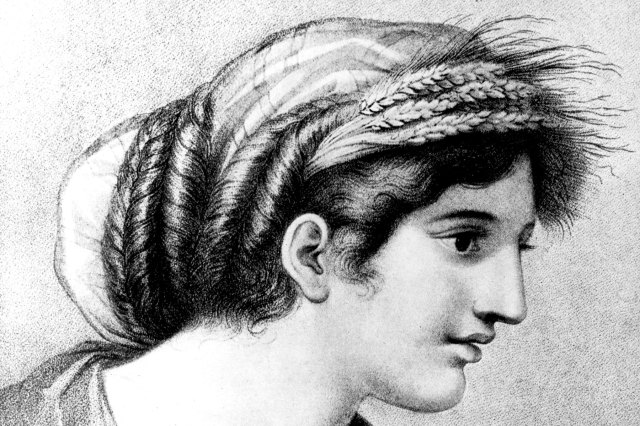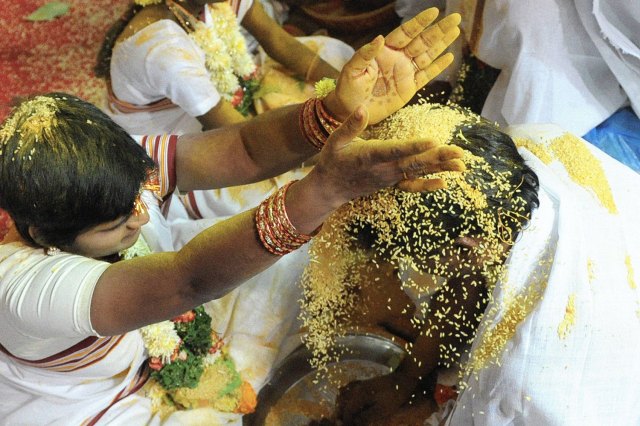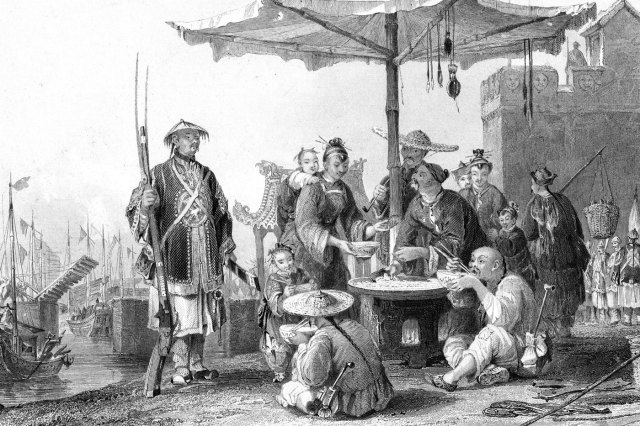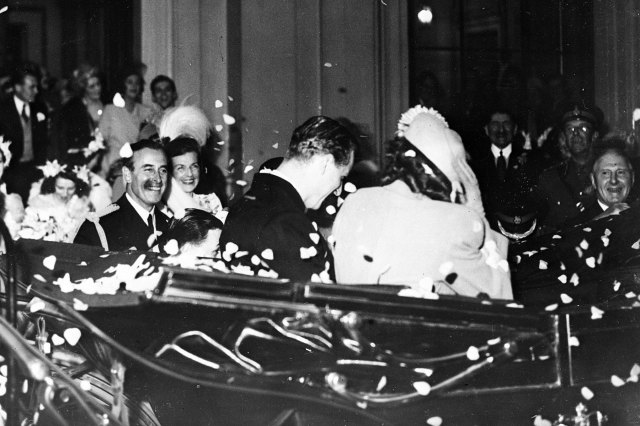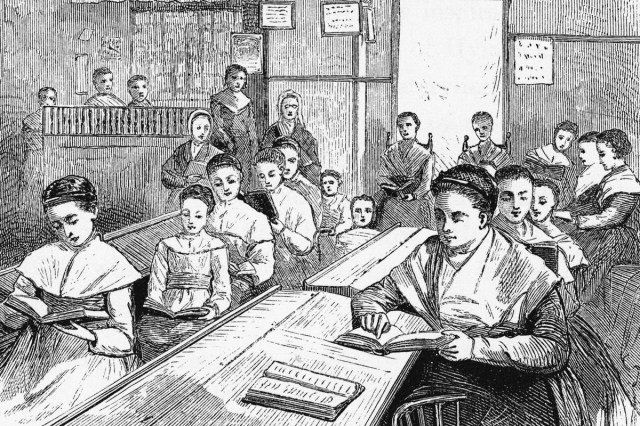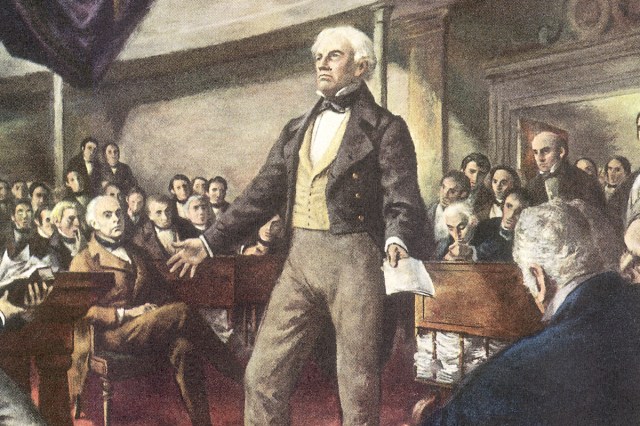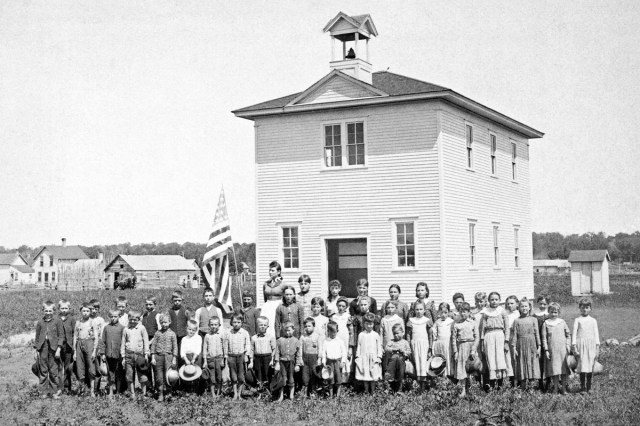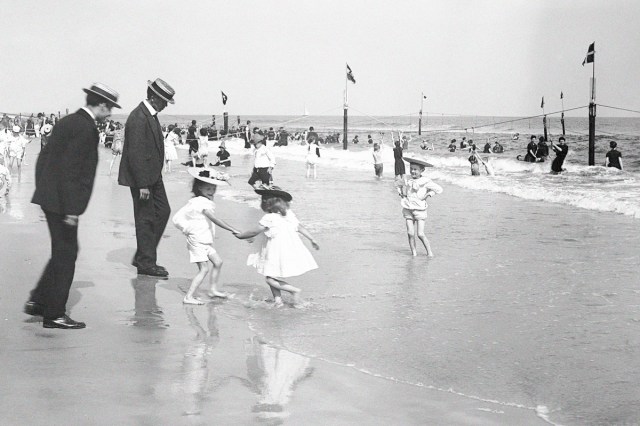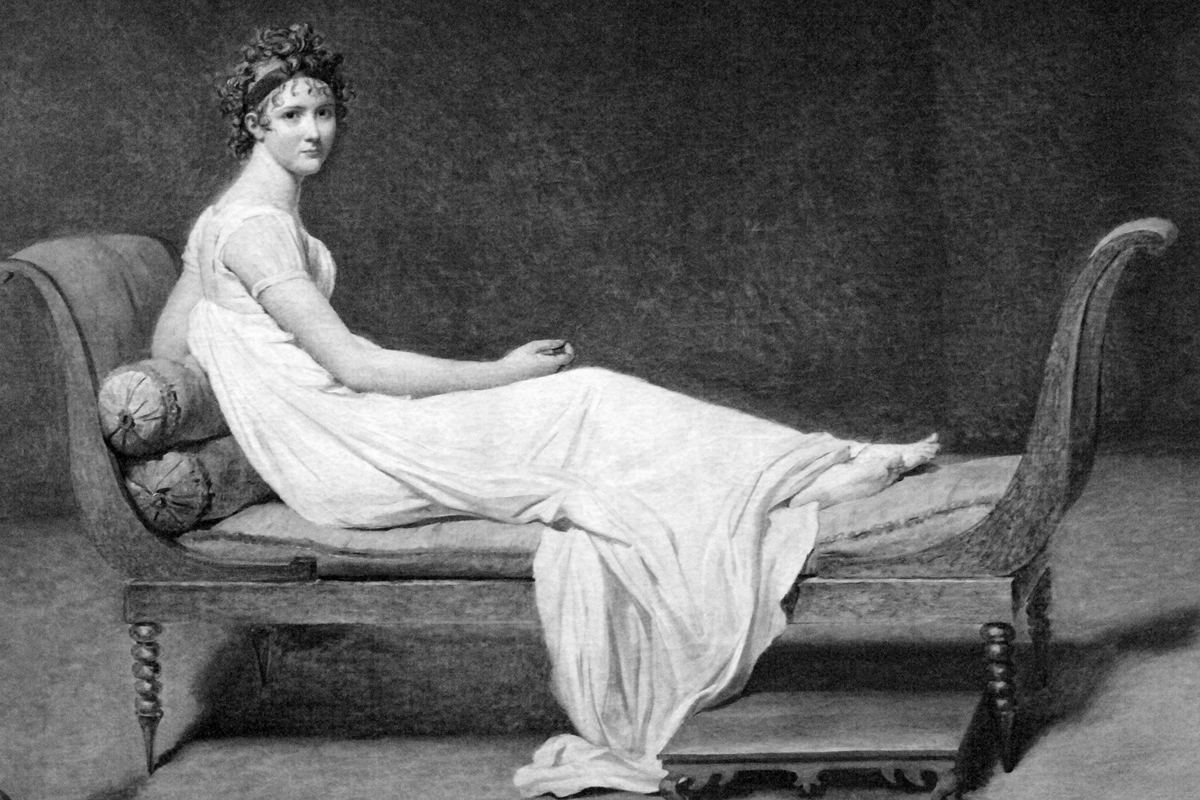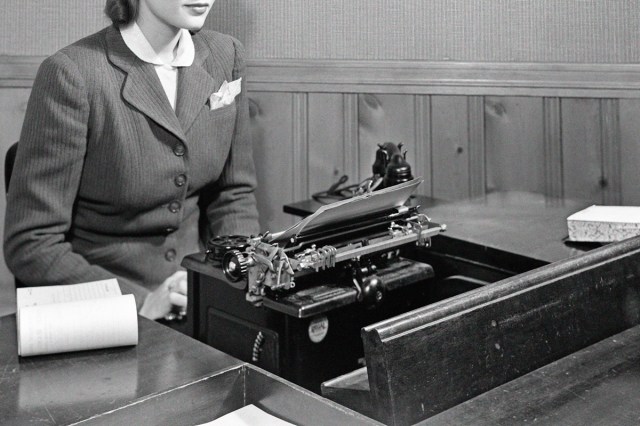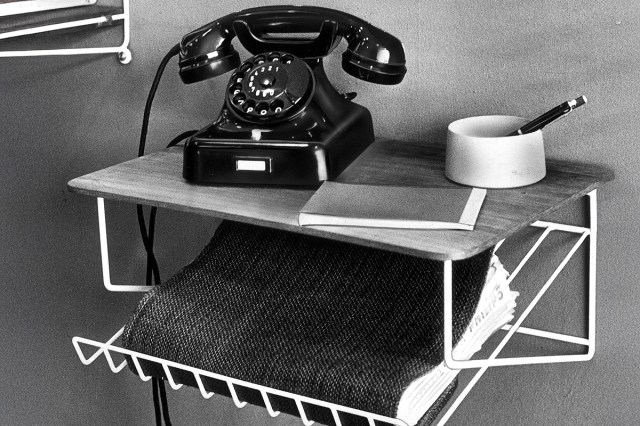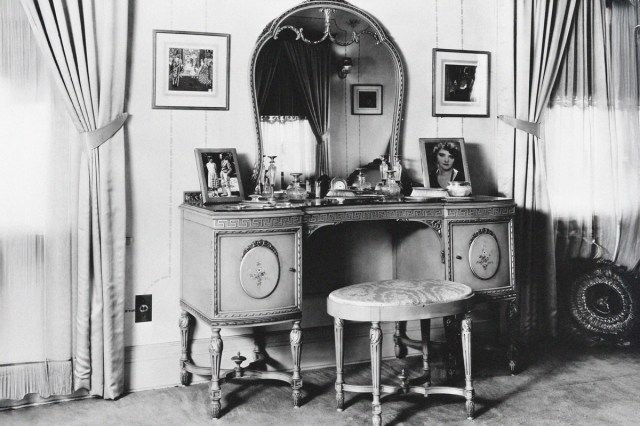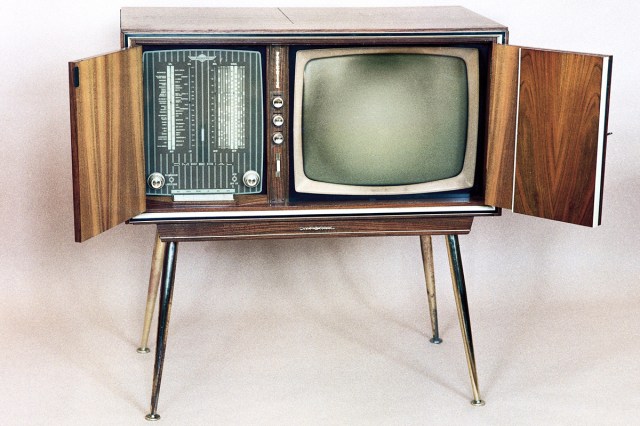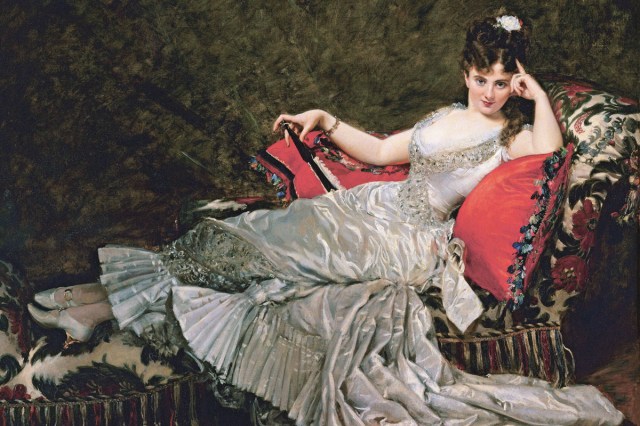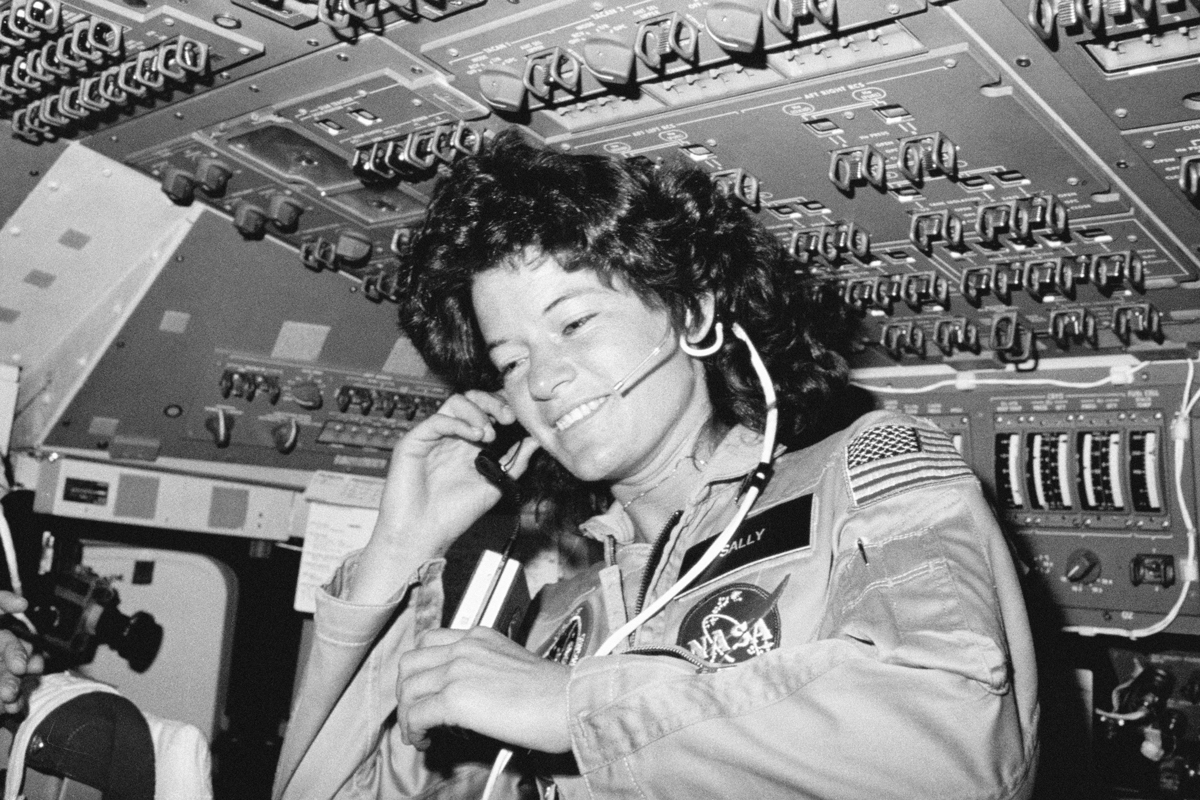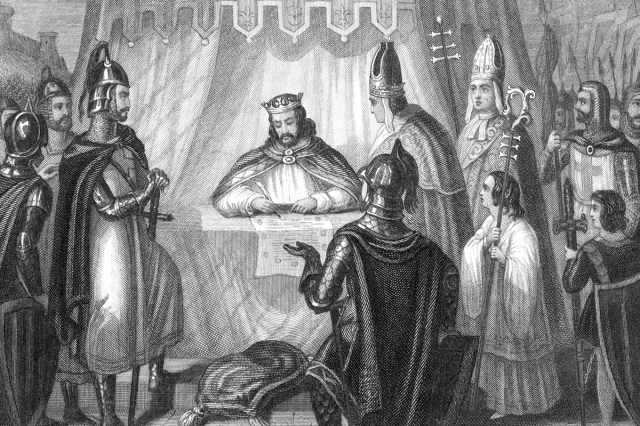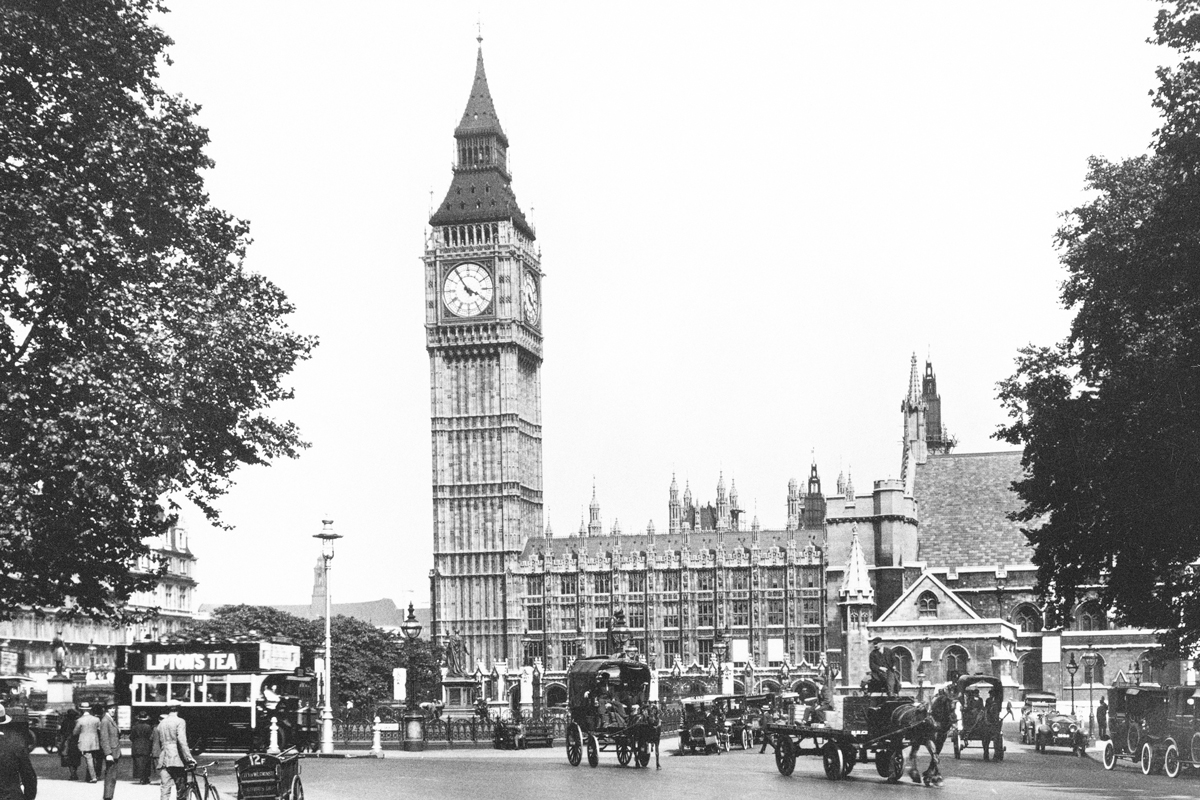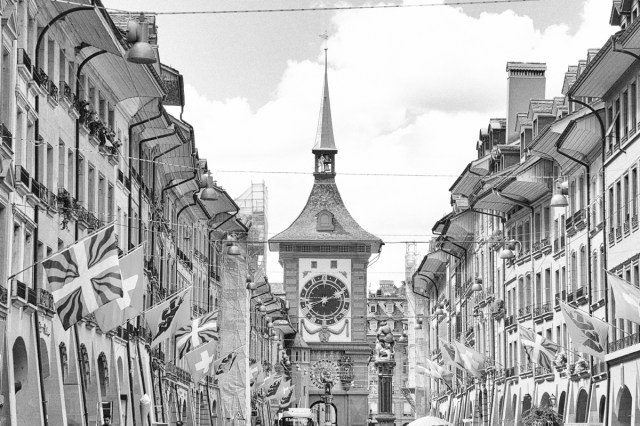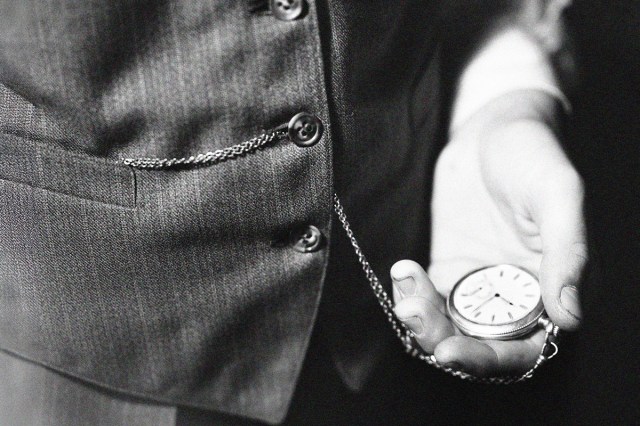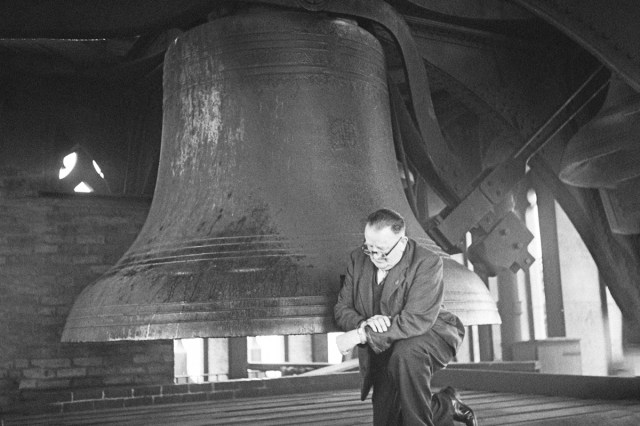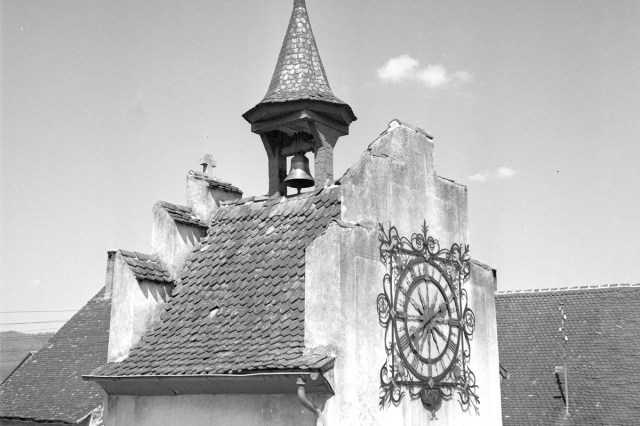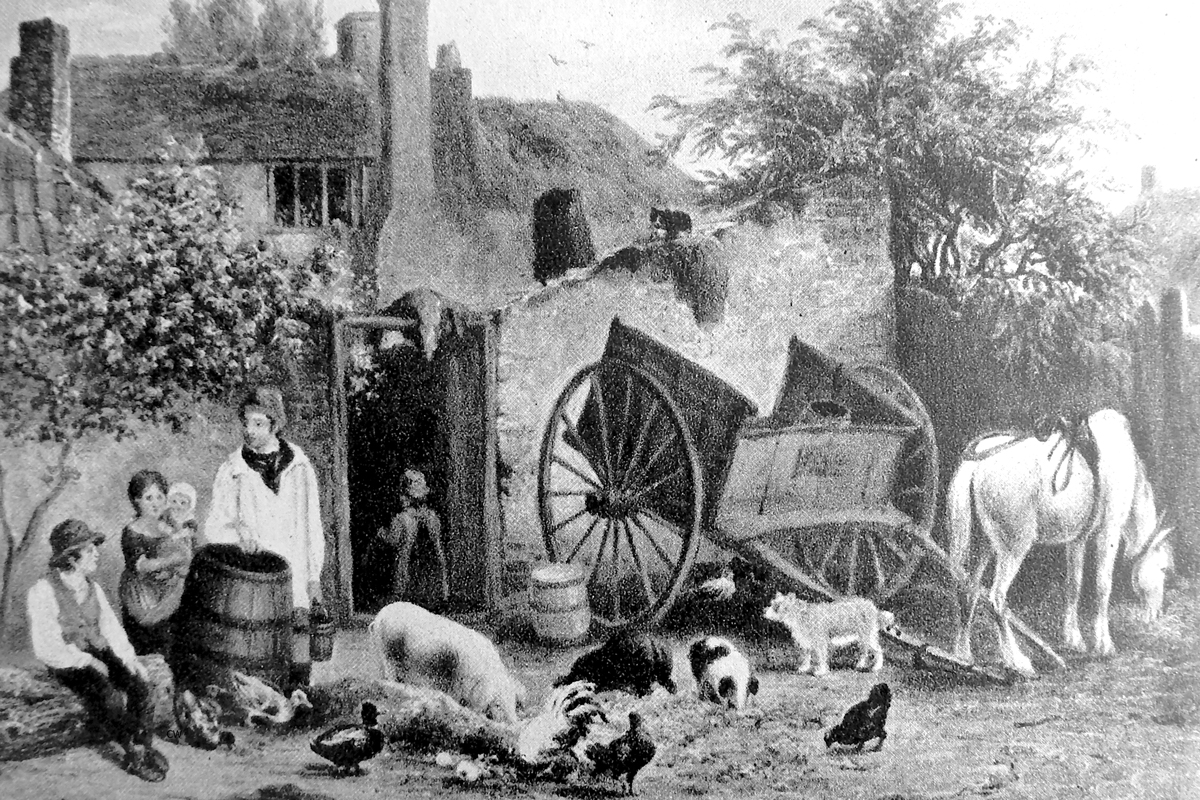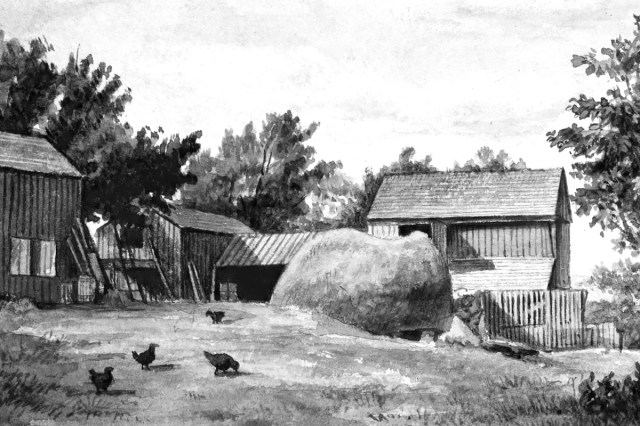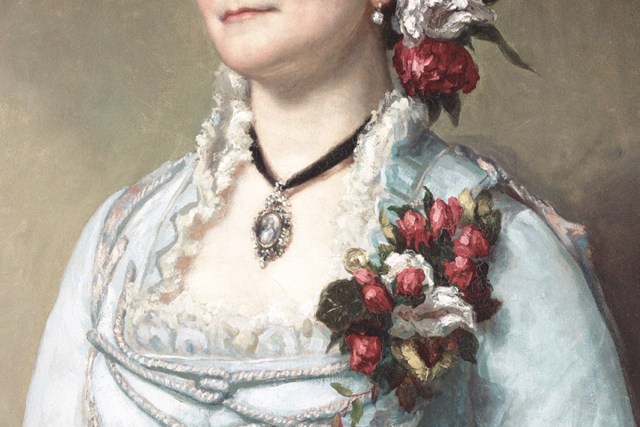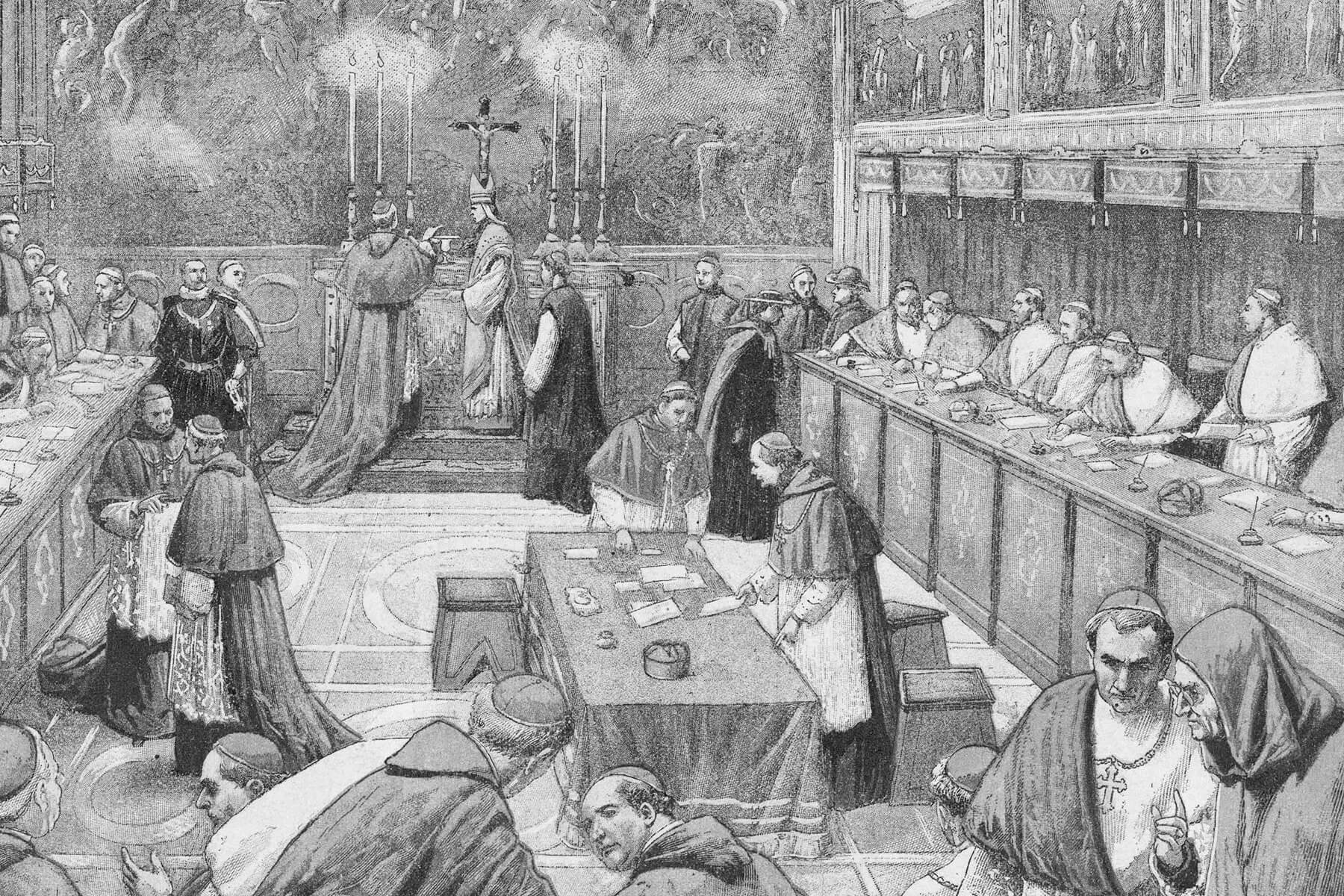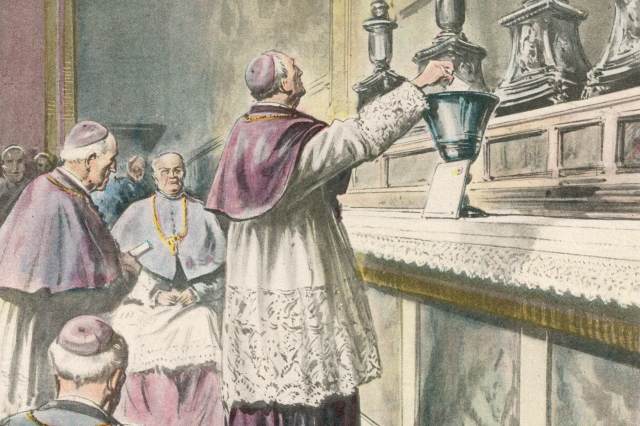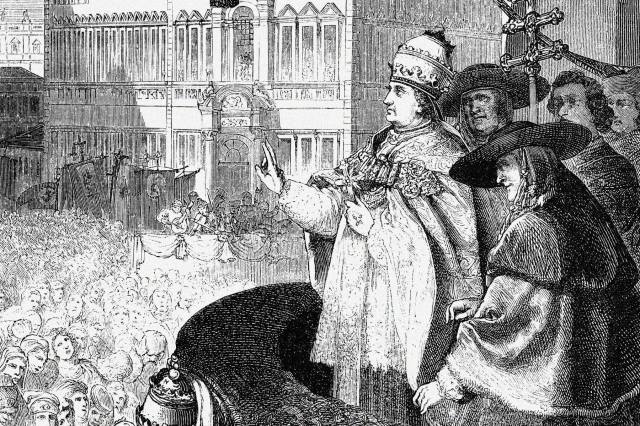Where Did the Heart Symbol Come From?
We recognize it instantly: two rounded lobes meeting at a point, the universal symbol of love. The heart shape is found everywhere — on greeting cards, jewelry, bumper stickers, and emoji keyboards. It even stars in tourism campaigns such as “I ❤ NY” and drives the $27.5 billion Valentine’s Day industry. But while the symbol represents deep emotion, it looks nothing like an actual human heart. So where did the symbol come from? The answer lies in a long history shaped by philosophy, nature, and art.

It Evolved From Ancient Beliefs
The familiar heart shape we recognize today wasn’t inspired by the anatomy of the human heart — it evolved from ancient beliefs about what the heart represented. Long before modern science defined the purpose of the heart, cultures across the world viewed the organ as the center of emotion, thought, and even the soul. Ancient people had little understanding of the importance of the brain, but they could feel the heart beating rapidly when emotions were heightened and understood the organ’s vital connection to sustaining life.
In ancient Egypt, the heart was believed to hold a person’s essence — including memory, intellect, and morality. Embalmers often left the heart inside the body or preserved it with special care, considering it far more important than the brain. Later, in Greek philosophy, Aristotle described the heart as the source of sensation and life itself. He believed it was the first organ to form in an embryo and the center of human emotion. The brain, in his view, existed only to cool the heart’s fiery temperament.
Five centuries after Aristotle, the Roman-era physician and philosopher Galen brought a more anatomical perspective to the discussion. He believed the heart was a pine cone-shaped three-chambered organ that produced the body’s vital spirit — a life-sustaining force carried through the arteries. Many of his ideas were inaccurate, inspired by philosophical tradition and limited scientific observation. With little access to human dissection, early artists and illustrators relied on metaphor, creating stylized, symmetrical shapes that reflected the heart’s symbolic role in the soul rather than its actual anatomy.
